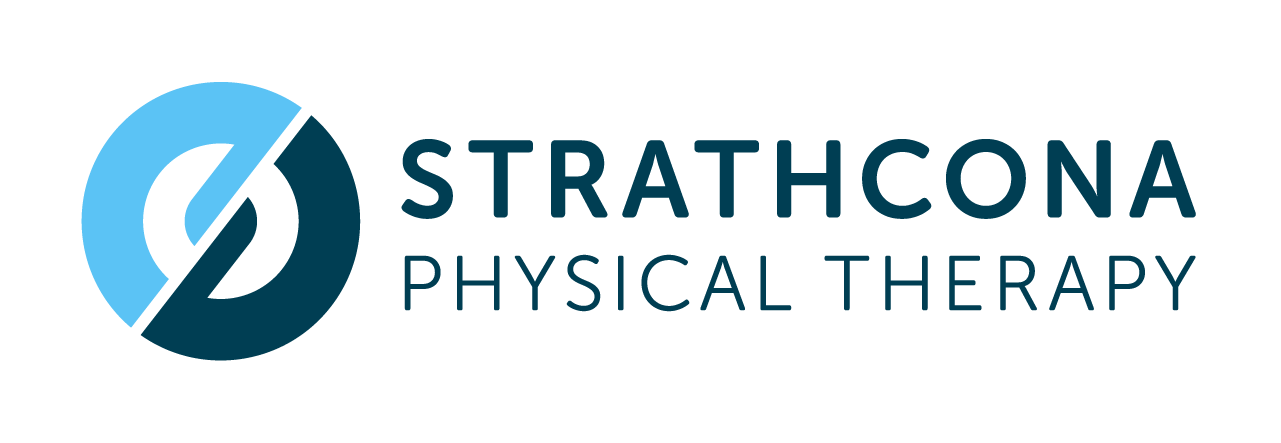The Jaw–Neck Connection: Why Clenching Is More Than a Bad Habit
Most people think of jaw clenching as a problem confined to the mouth. But science tells us it’s far more interconnected. The jaw and neck are wired together by the nervous system, and when jaw muscles fire, the neck often fires with them. This connection—known as neuromuscular coupling—means that motor control of one region can directly influence the other.
Jaw–Neck Neural Connections
Shared motor pathways.
Studies show that jaw muscles and neck muscles co-activate, even during simple jaw tasks like clenching. For example, during maximum voluntary clenching, the sternocleidomastoid (SCM) and other neck muscles become active at measurable levels despite not being directly involved in chewing (Clark et al., 1993). This is because the central nervous system organizes jaw and neck activity as a coordinated unit, not in isolation.
Amplified activation under load.
When clenching is strong or prolonged, neck muscles can increase their activity 7–33 times above resting levels, while trunk muscles also show elevated activation (Ehrlich et al., 1999). This reflects how clenching behavior recruits stabilizers beyond the jaw itself, often leading to overload.
Neck dysfunction feeds into jaw control.
Patients with chronic neck pain exhibit altered activation in the masseter (jaw muscle) and greater imbalance in muscle recruitment during clenching compared to healthy controls (Testa et al., 2015). This suggests that poor motor control in the neck doesn’t just affect posture—it can also change how the jaw functions, perpetuating clenching and pain.
Why Poor Motor Control Exacerbates Clenching
When neck stabilizers like the deep cervical flexors are weak, the SCM and upper trapezius often activate too early during functional tasks. This overactivation stiffens the neck and alters mandibular mechanics, creating a cycle:
Clenching begins (stress, posture, parafunctional habits).
SCM and UFT fire prematurely, instead of deep stabilizers.
Increased cervical load contributes to headaches, facial pain, and persistent clenching behavior.
The brain reinforces this maladaptive pattern, making clenching harder to break.
Motor Control Strategies to Break the Cycle
1. Train the deep stabilizers.
Gentle chin tucks and head-nods retrain the deep cervical flexors, reducing reliance on SCM and UFT. This improves alignment and offloads the jaw.
2. Jaw relaxation posture.
Teach patients to keep 2–3 mm of space between the upper and lower teeth at rest. This decreases baseline activity of both jaw and neck muscles.
3. Low-load jaw control drills.
Controlled jaw opening with tongue-to-palate contact retrains smooth activation, limiting early SCM recruitment.
4. Integrate posture correction.
Ergonomic and postural training reduces forward head posture, which otherwise increases masseter and temporalis activity even at rest (Xu et al., 2021).
5. Use feedback-based awareness.
Biofeedback or mirror-based training helps patients recognize clenching and unwanted neck tension, providing real-time correction.
The Takeaway
Jaw and neck function are inseparably linked by the nervous system. Without proper motor control, the SCM and upper trapezius dominate early in clenching, worsening jaw overload and reinforcing pain cycles. Evidence-based strategies—focused on retraining motor control, improving posture, and promoting relaxation—can reduce maladaptive patterns, ease clenching, and restore healthy jaw–neck function.
References
Clark, G. T., Browne, P. A., Nakano, M., & Yang, Q. (1993). Co-activation of sternocleidomastoid muscles during maximum clenching. Journal of Dental Research, 72(11), 1499–1502.
Ehrlich, R., Garlick, D., & Ninio, M. (1999). The effect of jaw clenching on the electromyographic activities of two neck and two trunk muscles. Journal of Orofacial Pain, 13(2), 115–120.
Testa, M., Geri, T., Gizzi, L., & Falla, D. (2015). Alterations in masticatory muscle activation in people with persistent neck pain despite the absence of orofacial pain or temporomandibular disorders. Journal of Oral & Facial Pain and Headache, 29(4), 340–348.
Xu, L., Ma, X., Han, J., & He, L. (2021). Effect of forward head posture on masticatory muscle activity in patients with temporomandibular disorders. Annals of Palliative Medicine, 10(3), 3426–3434.
